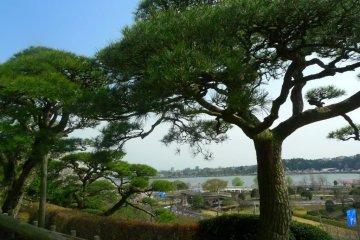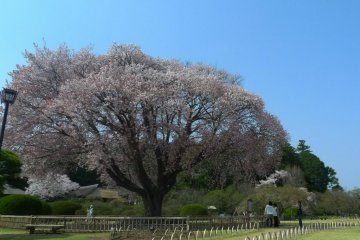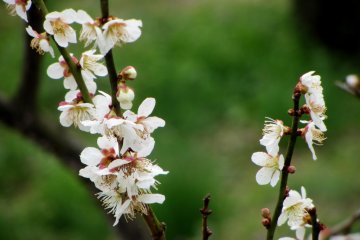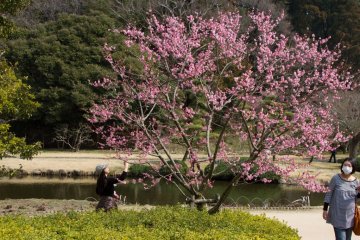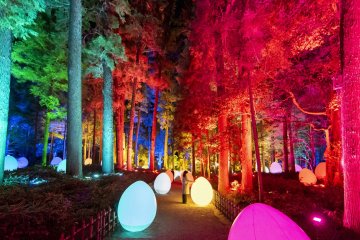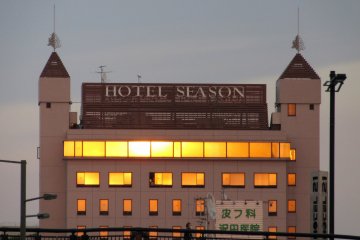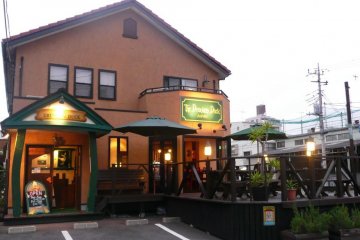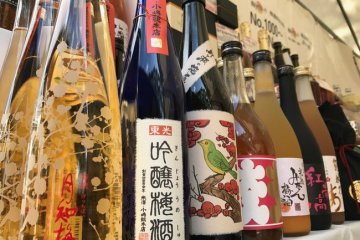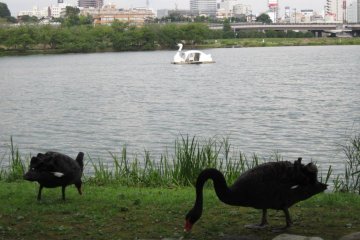The Kairakuen was built relatively recently, in 1841, by the local prince Tokugawa Nariaki. In contrast to the two other great landscape gardens of Japan, Kenrokuen and Korakuen, Kairakuen was not only for the pleasure of the ruling prince, but was also for open to the public, Kairakuen means "Park to Enjoy Together" ".
The garden consists of a forest with 3000 trees with over a hundred different plum tree varieties with white, pink and red flowers. The Mito Plum Festival (Mito Ume Matsuri) takes place annually from mid-February to March. In addition to the plum trees, Kairakuen also has a bamboo grove, cedar forests and the Kobuntei, a traditional Japanese-style building. Like the entire park, the Kobuntei was always open to the public and served educational and recreational purposes. From the top floor of the building there is a beautiful view of Kairakuen and the nearby Senba Lake.
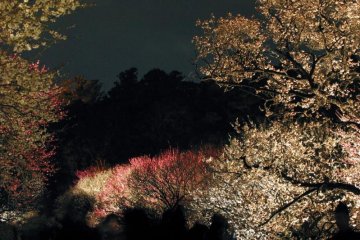


/140.45343,36.3749832,9/397x132?access_token=pk.eyJ1IjoiamFwYW50cmF2ZWxtYXBzIiwiYSI6ImNqbXBtOXYxbDB5Z3ozbHFrazJuYWMwOGYifQ.v15fy_mcFWtgopmz8PhwqA)

